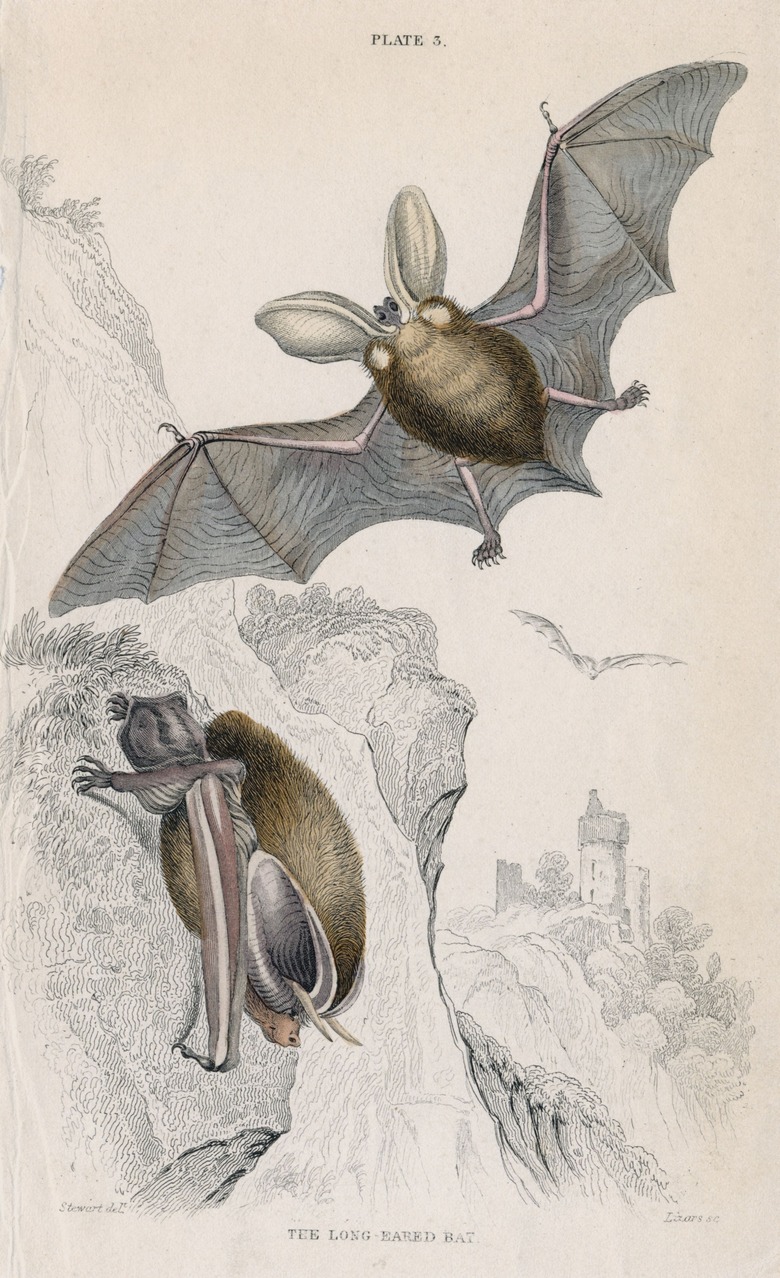What Is A Homologous Trait?
Related organisms share similar traits. All mammals, for example, have fur and mammary glands, among other traits.
These shared traits may be similar among related organisms, like the tails of cats, dogs and monkeys. Or they may be modified, like the wrist bones of whales and humans. These shared structures are called homologous traits.
What Are Homologous Traits?
What Are Homologous Traits?
Traits are characteristics that can be inherited or passed from parent to offspring. The homologous definition in biology means "a similarity in internal or chromosomal structures."
So homologous traits are shared similarities between different but related species.
Classification of Homologous Structures
Classification of Homologous Structures
Morphologically homologous structures mean different species with similar structures such as bones or organs, because the genes for these structures are inherited from a common ancestor. The homologous structures may or may not serve the same function in different organisms.
Ontogenetic homology looks at the embryos of related organisms. For example, at some point all members of Chordata exhibit a tail next to the anus, a hollow nerve cord, muscle fibers arranged in bundles and a notochord made of cartilage. The earlier, arguably less developed, chordates exhibit these characteristics as adults whereas the more advanced Chordates only exhibit some of these characteristics (the notochord and tail) in the embryonic form.
Homologous chromosomal structures mean chromosomes that carry the same genetic material, even if the expression of the genetic material differs. For example, inherited characteristics like hair or eye color may differ from person to person, but the location of the gene(s) controlling hair color or eye color will be found in the same position on everyone's genome. The more similar the DNA sequences, the closer the relationship of the different species.
Homologous Structures Examples
Homologous Structures Examples
Homologous structures examples range from the finger bones of human hands and bat wings to the legs of mice, crocodiles and other four-legged vertebrates. The modified leaves of carnivorous plants, cacti and poinsettias is another example, as is the skeletal structures of whales and hummingbirds.
Human Hands vs. Bat Wings
Comparison of human forearms and hands to the structure of bat wings show the same bone structures, even though the bones differ in size. The arrangement and overall pattern of bones are the same.
Tetrapods: Four-Legged Vertebrates
Four-legged vertebrates all have the same three bones in their forelimbs: the radius, ulna and humerus. While these bones are different sizes due to their different environmental needs, animals as diverse as frogs, rabbits, birds, humans and lizards share these bone structures.
This same set of bones can also be seen in the Devonian fossils of Eusthenopteron, indicating a relationship to modern tetrapods.
Carnivorous Plants, Cacti and Poinsettias
Homologous structures are not limited to animals. The pitcher shape of pitcher plants, the jaw-like traps of the Venus Flytrap, the spines of cacti and the red leaves of the poinsettia all began, many generations ago, as leaves.
Whales and Hummingbirds
Despite their obvious differences in size and appearance, to say nothing of their habitats, whales and hummingbirds share skeletal bony structures.
Ribs, phalanges, arm, skull and leg structures show that whales and hummingbirds descend from a common ancestor.
Homologous vs Analogous Structures
Homologous vs Analogous Structures
Analogous structures definition says that analogous structures are similar for reasons other than being related. For example, many organisms have wings. Animals such as butterflies, pterodactyls, birds and bats all fly because they have wings, but they aren't related just because they have wings. Wings developed independently in both insects and reptiles.
Birds and bats share a common tetrapod (four-limbed) ancestor so they are homologous for four limbs. Comparison of their wing skeletal structures, however, show that their wings are analogous rather than homologous. Wings in birds and bats developed independently, not because they share an ancestor with wings or the bone structure that eventually evolved into wings.
References
- Pub Med: Using Genetic Networks and Homology to Understand the Evolution of Phenotypic Traits
- Encyclopaedia Britannica: Homology
- University of California (Berkeley): Understanding Evolution – Studying Homologies and Analogies
- Biology Dictionary: Homologous
- University of California (Berkeley): Homologies – Comparative Anatomy
- University of California (Berkeley): Homologies and Analogies
- University of California (Berkeley): Homologies
Cite This Article
MLA
Blaettler, Karen G. "What Is A Homologous Trait?" sciencing.com, https://www.sciencing.com/what-is-a-homologous-trait-12758412/. 24 June 2019.
APA
Blaettler, Karen G. (2019, June 24). What Is A Homologous Trait?. sciencing.com. Retrieved from https://www.sciencing.com/what-is-a-homologous-trait-12758412/
Chicago
Blaettler, Karen G. What Is A Homologous Trait? last modified March 24, 2022. https://www.sciencing.com/what-is-a-homologous-trait-12758412/
